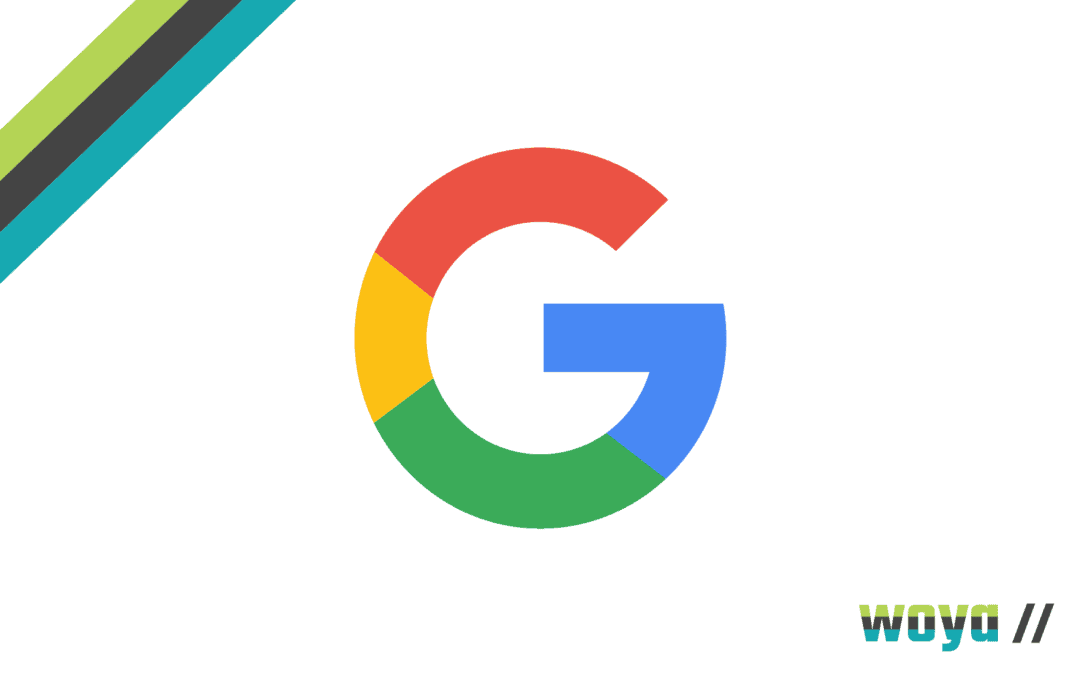Businesses simply can’t afford for their website to not be listed on Google. With the Google search giant processing over 99,000 searches every single second, the potential is extremely important.
But for Google search results to list a website or page, it must first know it exists and match it up to relevant search terms ‘behind-the-scenes’ using its algorithm programming. This is called Google indexing.
But how does this happen and what is its relevancy to an overall SEO strategy?
What is Google Indexing?
Search engine indexing (or Google indexing in the case of Google), is the automated process of a system collecting, parsing and storing data it finds online. This data is then stored in the Google search index database so that when a search engines user carries out a search, Google can reference this index for the appropriate information and indexed pages, rather than scouring the entirety of the internet every time.
Google indexing is a highly complex process and incorporates interdisciplinary concepts from computer science, cognitive psychology, mathematics and probabilities, informatics and even neuro-linguistic programming.
Why is Google Indexing Important?
Google is the world’s biggest search engine, with a market share of over 90% worldwide. This means that even if it isn’t the most popular search engine in a business’ target location, it is still simply too large to ignore when it comes to strategizing for digital marketing.
If Google doesn’t undertake crawling and indexing on your website, it won’t just not rank well on Google – it won’t rank at all on Google.
If businesses don’t ensure that their digital presence is listed on Google in some way, shape or form they will lose competitive advantage to brands who are listed, who will benefit from the massive traffic that ranking well on the Google search engine can bring.
While not all other sites rely on Google’s search index in particular for their search results, several other systems do, and so it should not be discounted even if it isn’t the primary target system.
How Does Google Indexing Work?
Google indexing takes place when Google’s ‘crawlers’ (that is, automated software programs) visit publicly accessible website’s pages and follow their links.
This helps them travel from page to page and store information on what the pages on your site are about, who they’re for and what they’re aiming to do. The Google algorithm also judges the the site/all of your pages on their User Experience (UX), performance, accessibility and content quality to ascertain how and for what the site should rank when users completes a relevant search.
Google indexing can only happen if a website is publicly available. If it requires a log-in, is in a test environment or is ‘hidden’ from public consumption, this will prevent Google’s ability to read the site and it will remain un-ranked. This allows businesses to present exclusive content to subscribers or members but does mean that anything they wish to include on search engine rankings must be prioritised for public pages.
How to Tell Google to Index Your Site
If a website or page has yet to be indexed by Google, the webmaster can request that the crawlers navigate it on the next occasion they’re able to. To do this, a webmaster tells Google through the Google Search Console tool and the crawlers will index the page/s whenever possible.
Where webmasters or digital marketers wish to rank, they should prioritise Google indexing as once a site has been crawled it will be periodically re-visited, so can be ranked on search engine results pages even before the full site content has been populated.
How Long Does Google Indexing Take?
There’s no one-size-fits-all timeframe for Google to index a website, although generally it takes longer for larger sites with more content than it does individual pages with little or short-form content.
The amount of time it takes to get a site indexed is influenced by Google’s current workload (ie it will take longer during periods where a major update or change is being rolled out), but also how many websites are being submitted for indexing at any one time.
Anecdotally, webmasters and digital marketers state that it has taken anywhere from 4 days to 6 months to get their site indexed for the first time. However, this is almost always expedited by requesting indexing through the Google Search Console (as mentioned above), so this is recommended.
Duplicate content will harm the quality of your site and Google will penalise you for this.
How Does the Process of Google Indexing Relate to an Overall SEO Strategy?
Any digital marketer embarking on enacting an SEO strategy should prioritise Google ranking as an effective way to gain targeted organic traffic. In order to best ensure adequate and appropriate ranking for relevant searches, all websites should be subject to timely, consistent and pertinent new content upload as well as hosting a clear sitemap, offering mobile responsiveness and ensuring fast load times.
Google indexing can be considered the foundation for an SEO strategy. Once the site and all the pages have been indexed, a more thorough online presence can be built using target keywords and advertising, further new content creation and an increased focus on the overall User Experience.
How To Fix Indexing Issues
It is not enough for webmasters to create web pages and just expect them to be crawled and indexed by Google, instead there are a variety of best practices they should look to meet. If any of the following issues are experienced, they can be easily rectified by doing the below:
Site is not indexed because it’s too new – you can still request indexing through Google Search Console, but a newer domain is unlikely to get higher rankings than an older one as its authenticity and trustworthiness can’t yet be fully verified. As more website content is added and the site ages, it will be re-indexed and re-prioritised.
A recent redesign should have improved SEO, but hasn’t – it may simply be that Google hasn’t re-indexed the site since it has been improved. A request for re-indexing can be submitted through Google Search Console.
A sitemap wasn’t in place when the site was indexed – all websites should have a sitemap somewhere in order for Google to easily crawl its pages. If, for whatever reason, this wasn’t the case when the indexing happened, the site map can be submitted directly to Google through the Google Search Console tool and then it’ll be re-read the next time the site is crawled.
Site isn’t mobile responsive – Google prioritises websites that provide a good User Experience over those that don’t, and so if a site isn’t mobile responsive, Google is very unlikely to favourably rank it. In this instance, the webmaster should seek out a redesign of the site to ensure better accessibility.
Where to Get More Help with Google Ranking
At Woya Digital we have a whole team of SEO specialists who work around-the-clock on keeping up with Google’s latest updates and developments.
We work not just for but also with our customers to ensure their SEO goals are met and that their online presence works perfectly to fit their needs and wants, as well as the idiosyncrasies of their business and target audience.


